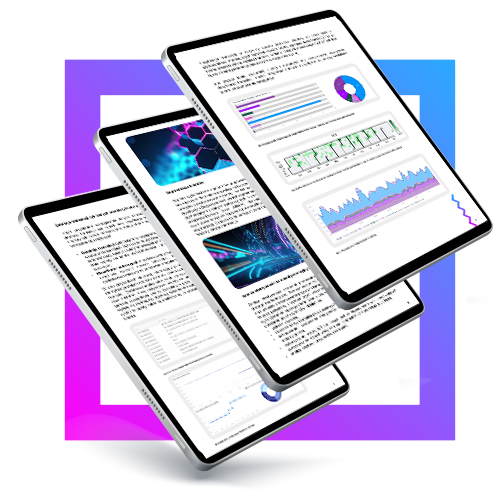Do you know your customer?
Maximizing the value of transactional data

Among the assets held by banks, transactional data stands out as one of the crucial but often underrated sources of customer information. The dynamic development of artificial intelligence has enabled the automatic enrichment of such data with various attributes, such as transaction category or merchant/brand recognition. These resources can be fully employed in the bank's internal processes and customer presentations, intending to heighten client engagement on the banking platform and mobile applications.
Our eBook confirms that properly analyzed and enriched transactional data provides valuable insights into customer preferences and their buying patterns, allowing future behavior prediction and recognizing market trends.
What can you learn from our eBook?

What advantages do banks and financial institutions derive from enhancing transaction data analysis capabilities with ML models?
How banks and financial institutions can benefit from the full range of information contained in transactional data?
What valuable information does transactional data enrichment provide?
Which examples of machine learning models enrich transactional data?
In which cases can customer transaction analysis help improve marketing strategies?
How applying insights from transactional data can contribute to building better customer relations?
Harnessing transactional data is no longer just an option for banks and financial institutions, it’s a necessity. By leveraging machine learning models, businesses can transform raw transactions into valuable customer insights, enabling personalization, predictive analytics, and process optimization. The key question is not whether to analyze customer data, but how to maximize its potential.

Artur Krzystek
Data & AI/ML Solutions Director
